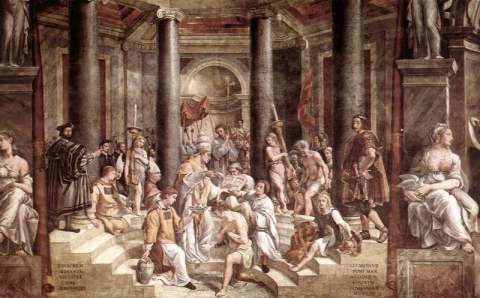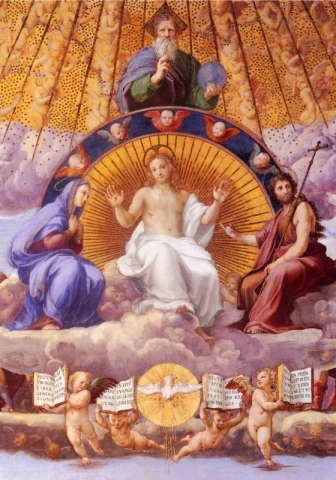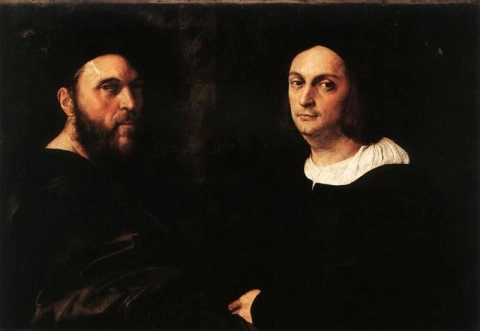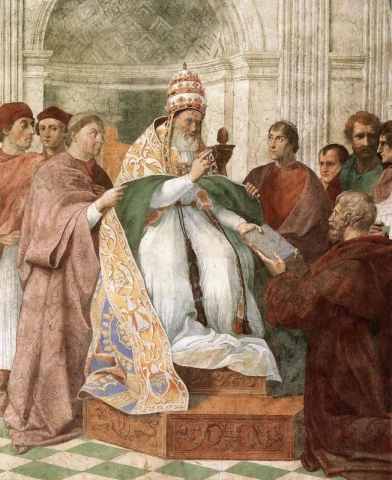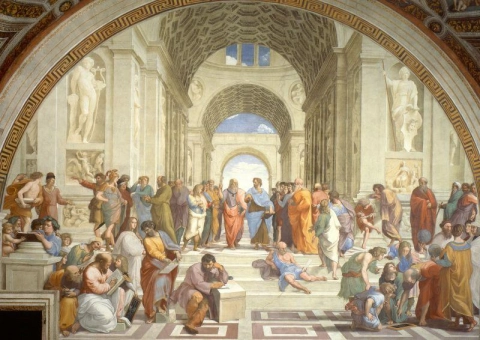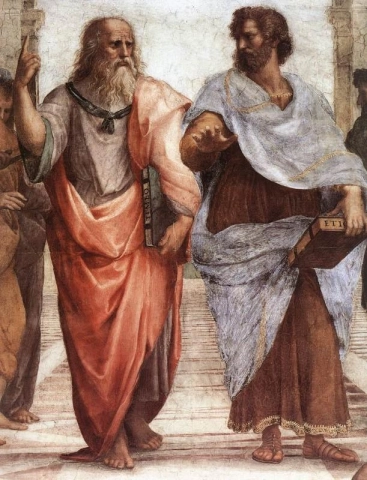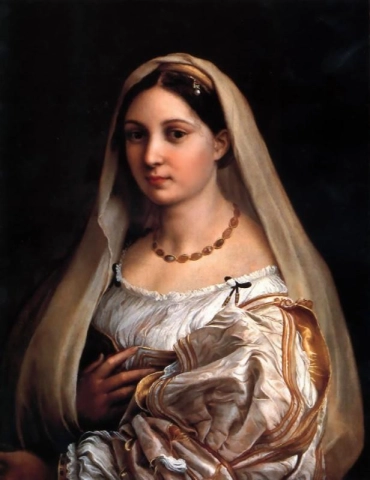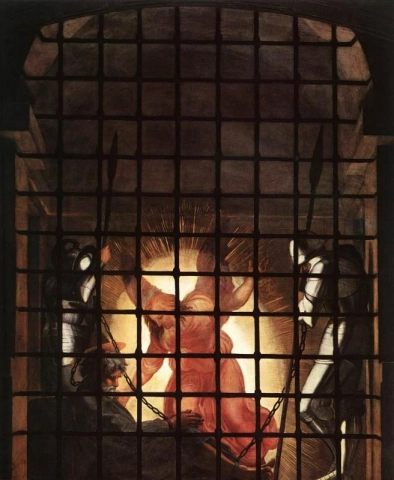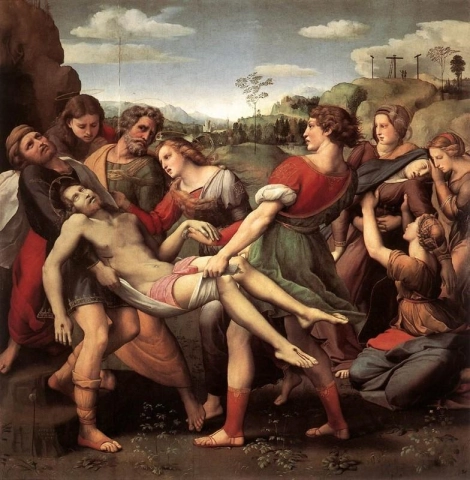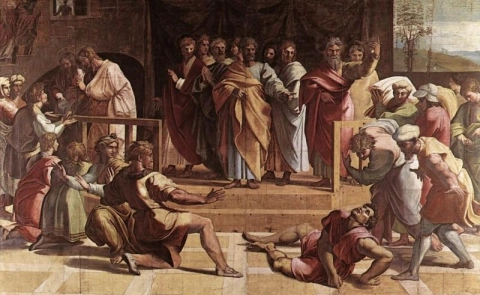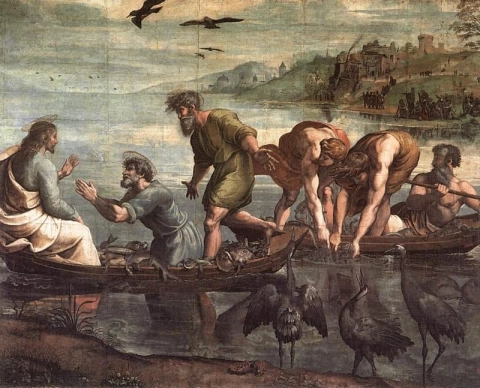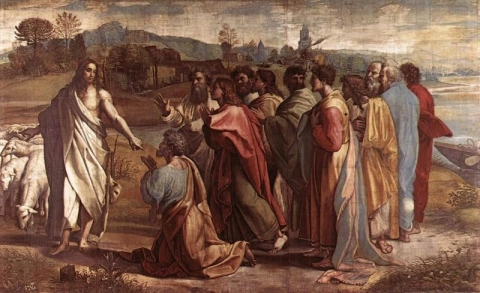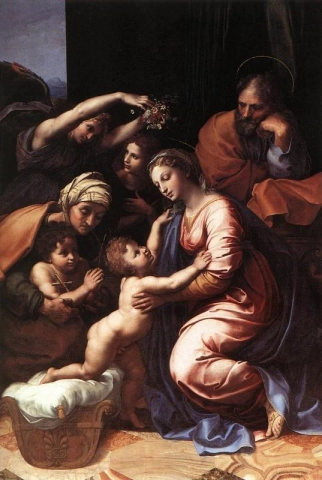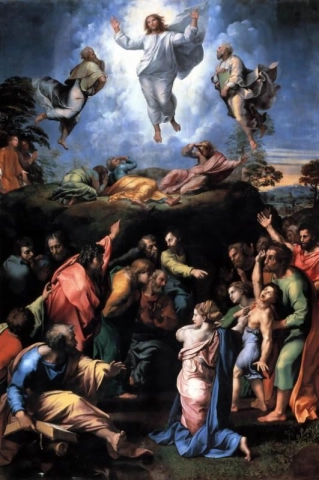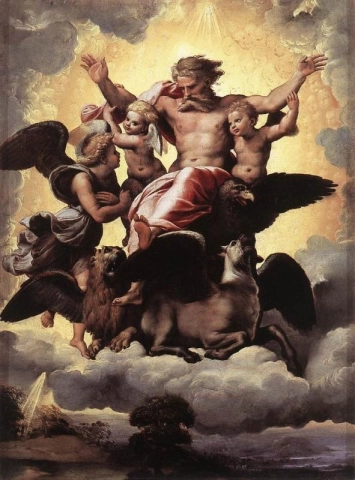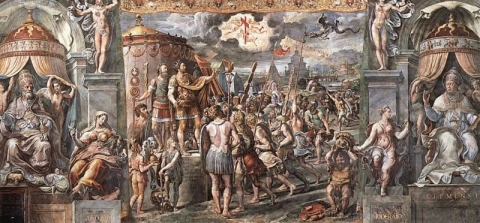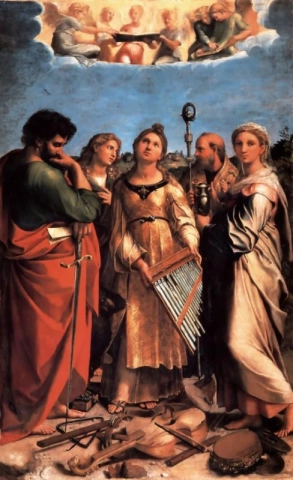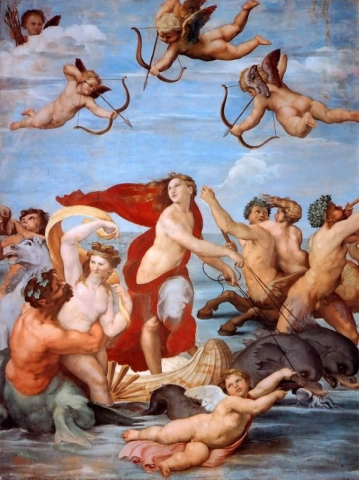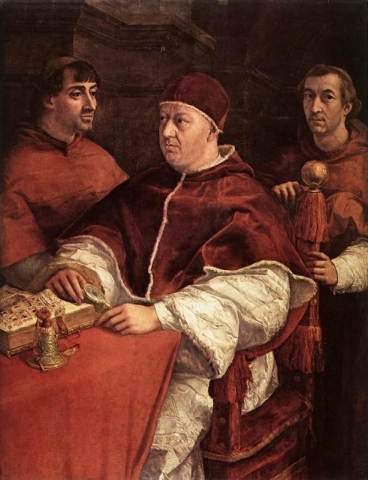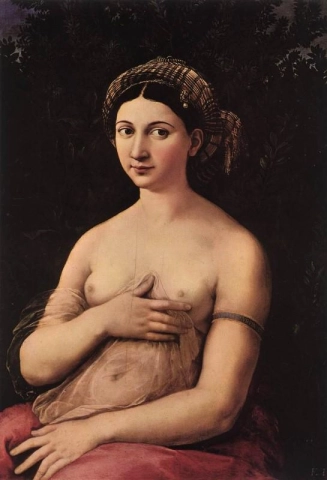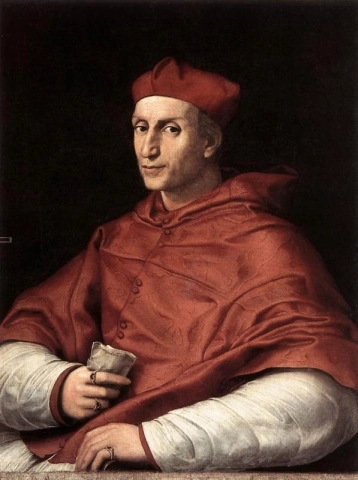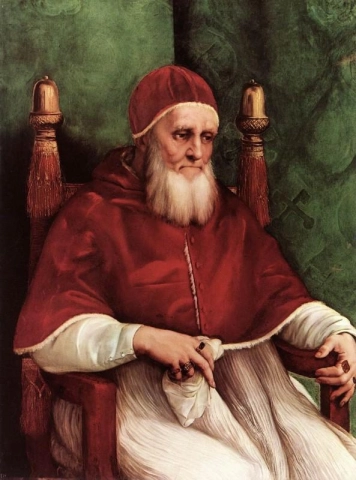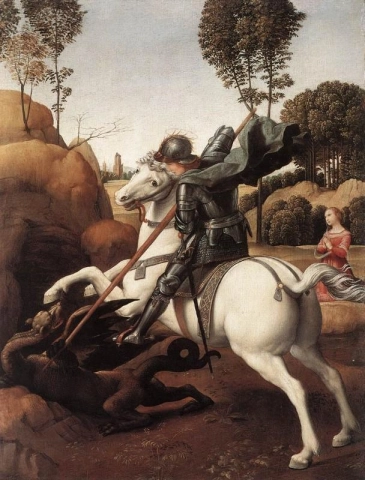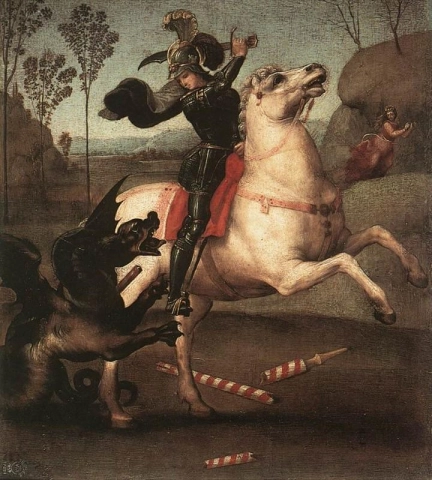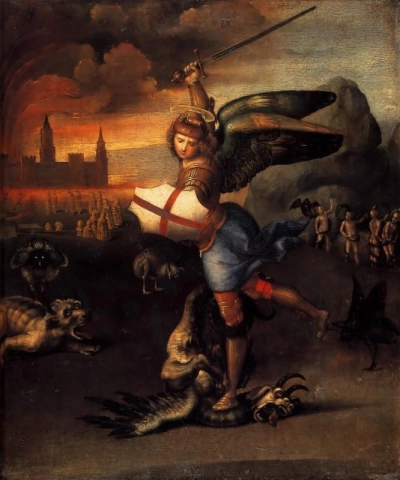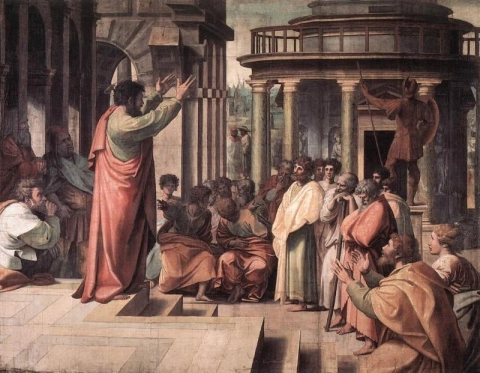Hand-painted painting reproductions - Artists - Raffaello Sanzio da Urbino
Welcome to the world of Raffaello Sanzio da Urbino!
At POD we are passionate about reproducing high quality oil paintings. We use meticulous technique and artisanal know-how to recreate works of art that will take you on a journey to the heart of Raffaello Sanzio da Urbino's creation.Imagine owning an original work of art by Raffaello Sanzio da Urbino, one of the greatest artists in history. At POD we offer you the opportunity to make this dream come true. We reproduce Raffaello Sanzio da Urbino's works down to the smallest detail, so you can enjoy them in your own home.
Our reproductions are made by experienced artists who use the best materials and techniques. We are dedicated to providing you with the highest quality works of art, which will bring joy and inspiration to your family for generations.
Biography
Raffaello Sanzio da Urbino, commonly known as Raphael (1483–1520), was an Italian painter and architect of the High Renaissance. Born in Urbino, a city in the Marche region of Italy, Raphael is celebrated as one of the greatest artists in the history of Western art. His works, known for their beauty, grace, and harmony, had a profound influence on the development of Renaissance art.Raphael's early training involved exposure to the works of his father, Giovanni Santi, who was a painter in the service of the Duke of Urbino. He later moved to Perugia, where he worked with the painter Pietro Perugino, absorbing the principles of perspective, composition, and classical form.
In his early career, Raphael's art was marked by a fusion of Perugino's influence and his own evolving style. The influence of the Umbrian and Florentine schools, along with his exposure to classical antiquity, contributed to the development of Raphael's unique artistic voice.
Raphael's breakthrough came with his move to Florence in the early 16th century, where he encountered the works of Leonardo da Vinci and Michelangelo. This exposure deeply influenced his style, leading to the refinement of his technique and a heightened sense of anatomy, expression, and composition.
The pinnacle of Raphael's career occurred during his years in Rome, where he worked under the patronage of Pope Julius II. He undertook numerous commissions for the Vatican, producing some of his most iconic works, including the frescoes in the Stanze di Raffaello (Raphael Rooms) in the Vatican Palace. Notable among these is "The School of Athens," a masterpiece that epitomizes the ideals of the Renaissance and showcases Raphael's mastery in capturing classical ideals and intellectual concepts.
Raphael's art is characterized by its harmonious compositions, idealized figures, and a sense of grace that became a hallmark of High Renaissance aesthetics. His Madonna and Child paintings, such as the "Sistine Madonna," are revered for their emotional depth and poignancy.
Tragically, Raphael's life was cut short at the age of 37, but his impact on art endured. His legacy influenced countless artists and movements, and his works continue to be admired and studied for their technical brilliance and timeless beauty. Raphael's contribution to the Renaissance marked a transformative era in art history, and his name remains synonymous with artistic excellence and classical ideals.
